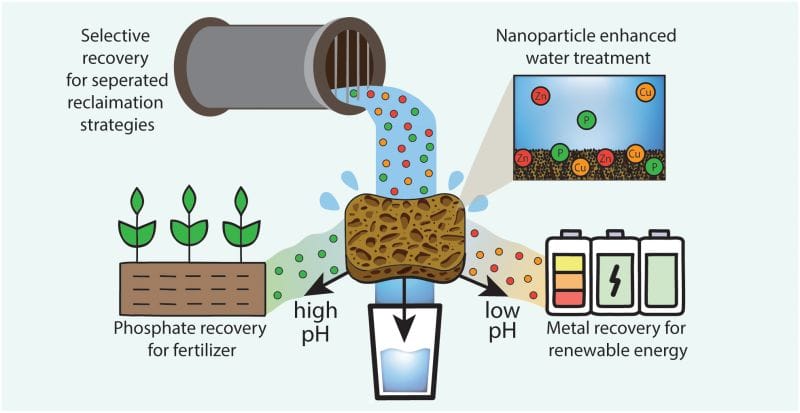RSS feed source: Federal Emergency Management Agency
FRANKFORT, Ky. –Homeowners and renters in Breathitt, Clay, Estill, Floyd, Harlan, Johnson, Knott, Lee, Leslie,
Letcher, Martin, Owsley, Perry, Pike, Simpson and Woodford counties who experienced damage or losses caused by
the February severe storms and floods have three weeks to apply for federal disaster assistance. The deadline to
apply for federal assistance is May 25.
How To Apply for FEMA Assistance
There are several ways to apply for FEMA assistance:
Online at DisasterAssistance.gov.Visit any Disaster Recovery Center. To find a center close to you, visit fema.gov/DRC, or text DRC along with your Zip Code to 43362 (Example: “DRC 29169”).Use the FEMA mobile app.Call the FEMA Helpline at 800-621-3362. It is open 7 a.m. to 10 p.m. Eastern Time. Help is available in many languages. If you use a relay service, such as Video Relay Service (VRS), captioned telephone or other service, give FEMA your number for that service. FEMA works with every household on a case-by-case basis.
FEMA representatives can explain available assistance programs, how to apply to FEMA, and help connect survivors with resources for their recovery needs.
When you apply, you will need to provide:
A current phone number where you can be contacted.Your address at the time of the disaster and the address where you are now staying.Your Social Security Number. A general list of damage and losses.Banking information if you choose direct deposit. If insured, the policy number or the agent
Click this link to continue reading the article on the source website.



